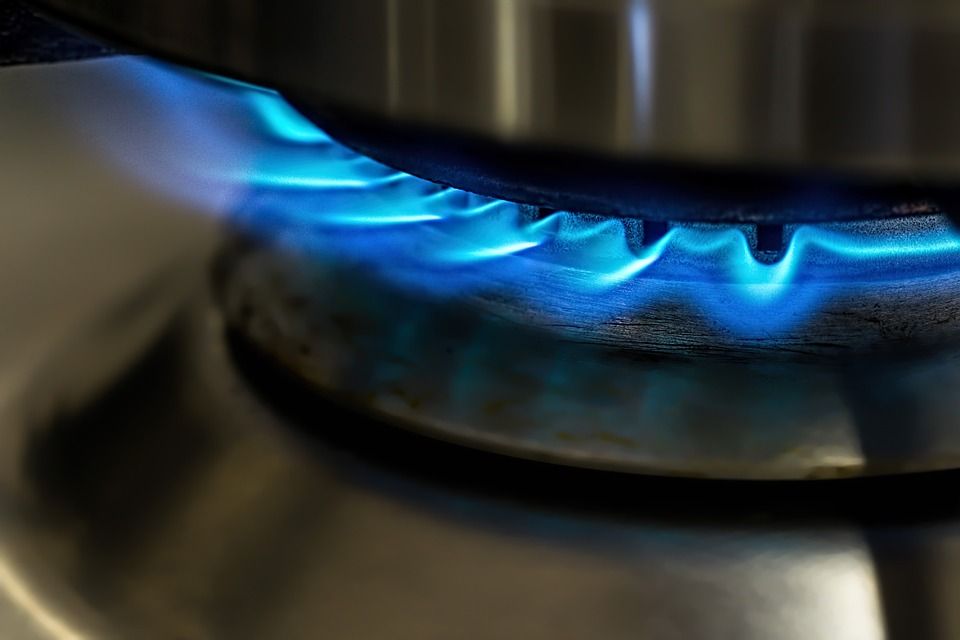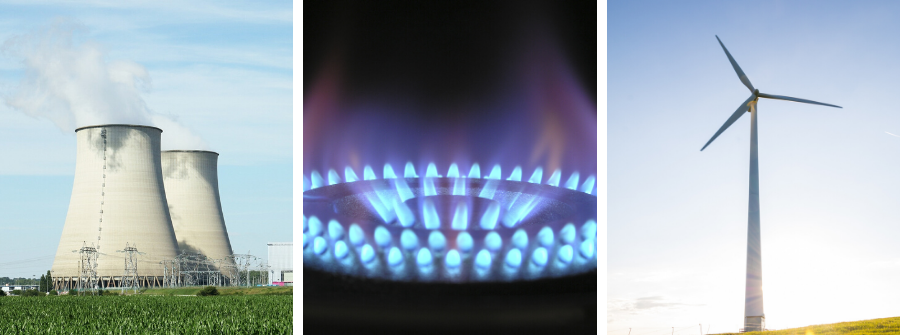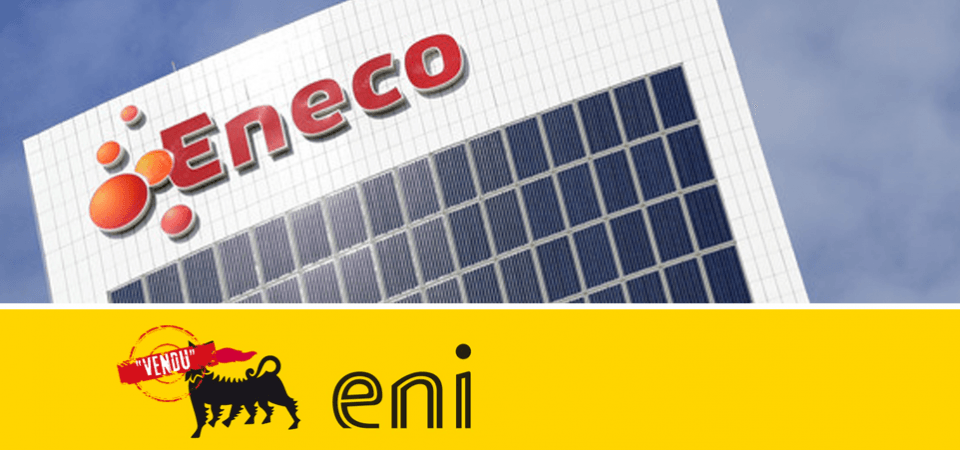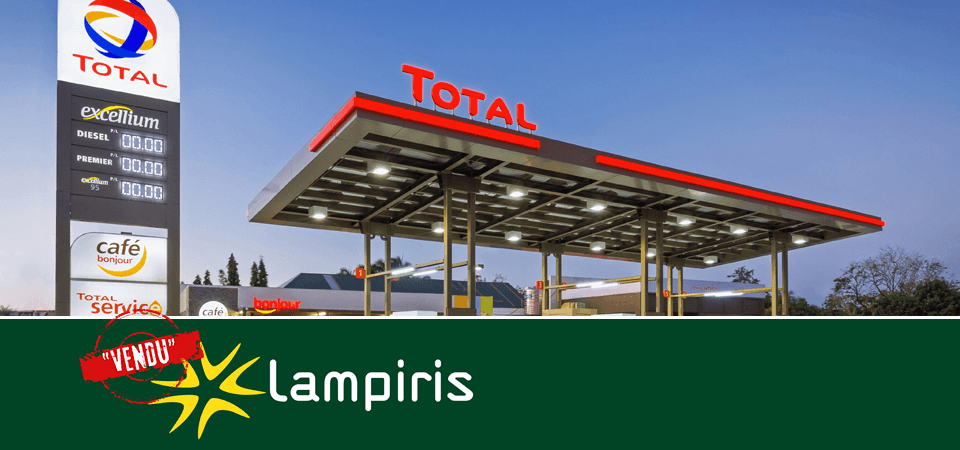
Switch from lean gas to rich gas in Belgium – what will the impact be?
Starting next year, some Belgian households currently supplied with lean gas (type L) will switch to rich gas (type H). The operation, named “conversion from L-gas to H-gas” began in 2019 and end in 2029, affecting 1.6 million customers.
What impact will it have on energy bills and gas appliances belonging to Belgian households and businesses? Find the answers in this article.
What is the difference between lean gas and rich gas?
Since the early 1970s, two types of natural gas have coexisted in Belgium and are carried by separate distribution networks:
- Lean gas (L-gas) is a natural gas with a low calorific value that comes from Groningen-Slochteren in the Netherlands. It contains an average of 10.3 kWh/m³;
- Rich gas (H-gas) is a natural gas with a high calorific value that comes from Norway, the UK, Algeria, Germany and Qatar. It contains an average of 11.4 kWh/m³.
Lean gas and rich gas have different calorific qualities. The energy value of lean gas is about 15% lower than that of rich gas. In other words, when we consume 1 m³ of lean gas, we release 15% less energy than when we burn 1 m³ of rich gas. This means you need a larger volume of lean gas to cook or heat with, while rich gas will produce more energy for a given volume in cubic metres.
Why are we switching from lean gas to rich gas in Belgium?
The Netherlands, which is where the lean gas distributed in Belgium comes from, has decided to stop extracting from the Slochteren underground gas deposit, which is running out. To enable importing countries (Germany, France and one third of Belgium) to adapt their transport infrastructure and their domestic gas-fired appliances, the Dutch authorities have introduced a gradual plan to end gas deliveries.
This operation, known as “gas conversion” or “L/H conversion”, will begin in 2019 and extend as far as 2030. 500,000 households will be affected in Brussels, 110,000 in Wallonia and a million in Flanders.

© Fluxys
If you are currently using lean gas, your Distribution System Operator (DSO) and/or your energy supplier will keep you informed by post when the conversion will take place and what you have to do.
[sc name=”comparer-blue”]
Check whether your municipality is affected by the L/H conversion by entering your postcode at www.gaschanges.be/en. In Brussels, Sibelga will carry out the switch to gas rich between 2020 and 2023. In Wallonia, RESA has already begun the change in 2018. Meanwhile, ORES will go ahead with the conversion between 2019 and 2024.
What impact will the change to rich gas have on my gas appliances?
In Belgium, all gas appliances (boiler, water heater, cooker, hobs, convector heaters, gas fires etc.) sold since 1978 can operate with both types of gas (as long as they are correctly adjusted). In principle, only appliances from before 1978 will need to be replaced. As long as your gas meter is set up properly, it will not need modifying.
Note: some condensing boilers have been adjusted to meet recent EPB emissions standards. They will need to be adapted. Finally, if you do not replace a gas appliance that needs replacing in time, it will be considered obsolete. For safety’s sake, take advantage of the mandatory service of your gas boiler (every three years) to have your appliances’ compatibility checked by a professional. If you are a tenant, the cost will be payable by the landlord.

Three types of technicians are authorised to check your gas installations and appliances:
- Approved gas fuel technicians;
- Gas appliance manufacturers’ service technicians;
- Official distributors appointed by appliance manufacturers.
The Brussels Environment and Awac sites provide:
- A list of heating engineers approved by Brussels Environment;
- A list of technicians approved by the Wallonia Air and Climate Agency for gas services and in-depth boiler maintenance;
What impact will the change to rich gas have on my energy bills?
The switch from lean gas to rich gas will have no effect on your energy bills, because the bill amount is calculated on the basis of the number of kilowatt-hours consumed, not the volume of gas delivered (which is why the rate is stated in kWh rather than m³). So as long as your consumption doesn’t change, the switch from L-gas to H-gas will not increase your energy bills.
Summary
Also read on our blog

First of all, it is important to remind ourselves what we mean by the energy mix. It is the breakdown of the different sources of …

Eni Gas & Power, the Belgian subsidiary of the Italian supplier, has been bought by the Dutch energy supplier Eneco. What does…

By 2020, gas and electricity prices for kWh had not resisted the health crisis and had collapsed. But at the beginning of 2021, th…
